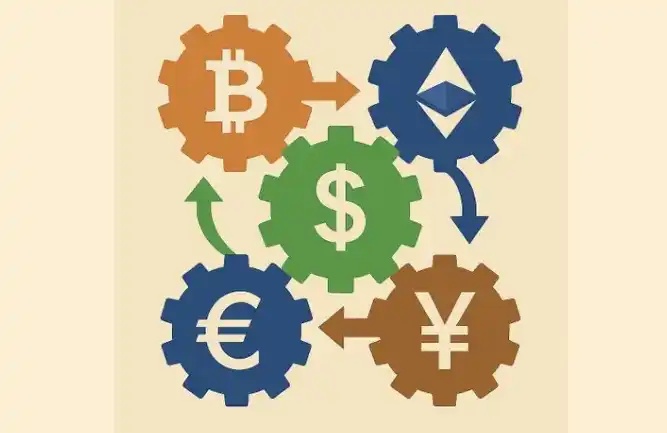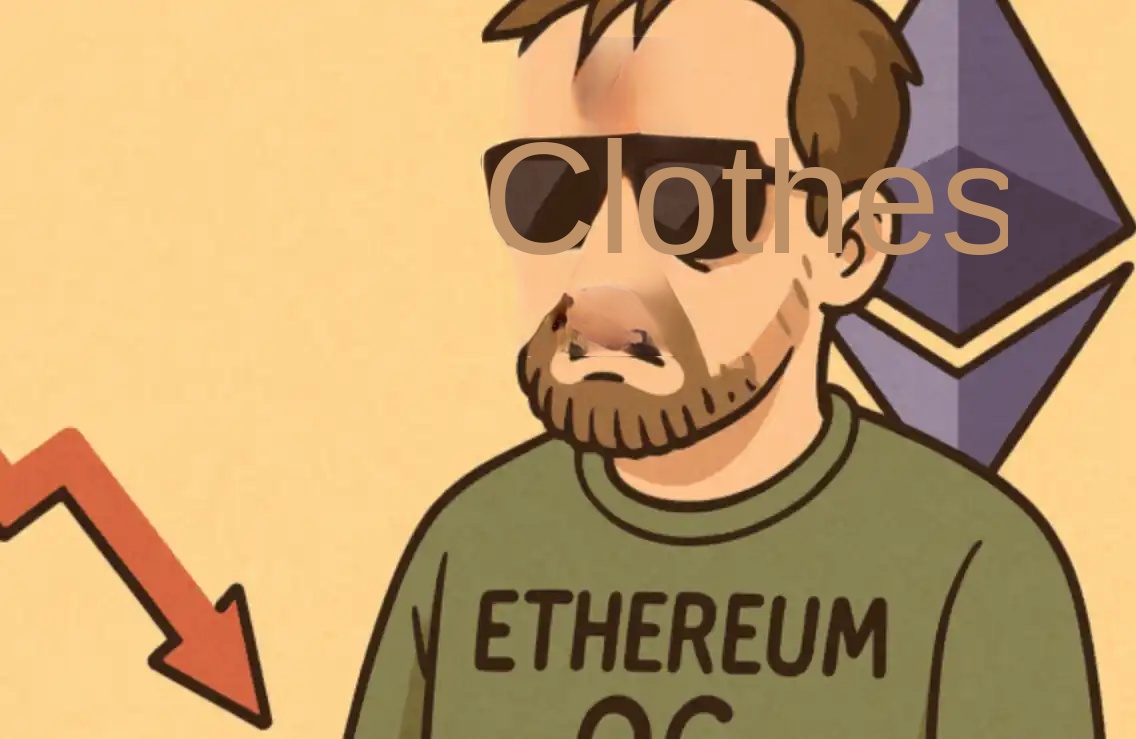Berachain Founder's Entrepreneurial Reflection: Don't Let Tokens Drag Down Your Project
Original Article Title: A Token Won't Save You
Original Author: @SmokeyTheBera, Chief at @berachain
Translation: zhouzhou, BlockBeats
Editor's Note: This article discusses the recent phenomenon of multiple projects issuing tokens within the Berachain ecosystem, reminding founders not to blindly create tokens. Tokens should drive growth when the product has achieved market fit to avoid impacting user adoption negatively. In a bearish market environment with limited community funds, a token price drop can harm the product's image. Token issuance should avoid competing at the same time, ensure a reasonable valuation, and focus on long-term value rather than short-term exit. The author supports Berachain's development but emphasizes that success requires patience and strategy, suggesting that teams prioritize profitability and user growth.
The following is the original article content (reorganized for readability):
Friends of Berachain, this is my first attempt to write an article, mainly focusing on the Berachain ecosystem. Still, I hope some of the points in this article will inspire the broader community, especially those considering issuing tokens.
Recently, I have seen multiple teams within the Berachain ecosystem launching tokens or preparing to launch new token issuance in the coming weeks, totaling about 8 projects. In a way, this is worth celebrating—new tokens can drive economic activity, trigger market speculation, and even promote protocol growth. Tokens may bring about a wealth effect, and the Berachain ecosystem will benefit if the native token performs well.
However, on the other hand, we should take a broader view and deeply consider the actual value that token issuance can bring. After issuing a token, your product's perception in the public eye will inevitably be linked to its price. Few projects can escape this rule unless they have no direct competitors in the market or are extremely early pioneers (such as projects like 1Inch and Compound).
In the current on-chain environment, the vast majority of meme coins (or even the entire market) cannot escape the influence of market gravity, and your token's depressed price may directly affect the product's adoption rate.
The Timing of Token Issuance is Crucial
Ideally, a token should be launched when the product has already demonstrated product-market fit and is at an inflection point of explosive growth. It should be a reward to early users, thanking them for helping the product get to this stage. At the same time, it should also serve as a tool to drive asymmetric growth, rather than be a burden on adoption.
Next, I am going to address some real-world issues that are usually only discussed in private chats.
The Market Waits for No One, and Community Can't Save You
No matter how loyal your community is, a continuously declining price trend will impact adoption. Currently, most tokens are seeing a "only down, no up" trajectory. What's more, in the Berachain ecosystem, your token is considered an "alt on an alt," while top-tier on-chain tokens like Solana are struggling to find buyers. Are you sure now is the right time to launch your token?
You should seriously ask yourself one question: "Who is the marginal buyer of my token?"
If you don't have a clear and differentiated answer and cannot ensure that token distribution reaches new potential buyers, then I suggest you think twice and not overlook long-term impacts for the sake of short-term "dopamine hits." Because the answer definitely isn't "community."
The community will support you, use your on-chain products, and make opportunistic investments. But the community's funds are limited, and they cannot save your token. Project teams need to focus on long-term viability rather than short-term market timing.
Some say market timing is unpredictable, and I partially agree. But you can build a "default survival," profitable product, even carry out buybacks at the right time, and truly create value for token holders (of course, under legal and regulatory compliance).
What I want to emphasize is that issuing a token will not make your job easier; instead, it will magnify everything:
· If the token price rises, your product will be like an S-tier king, the team invincible, and everyone will be praising you.
· If the token price falls, you will be called a scammer, your product will be deemed worthless, the team will be called idiots, and some may even attack you for having taken VC money.
Of course, the situation is not always black and white; some protocols indeed have a core need for tokens, such as certain DeFi products requiring tokens for normal operation. However, these are exceptions and do not apply to most projects.
How to Properly Launch a Token Issuance?
If you have truly decided to issue a token, at least pay attention to the following:
· Coordinate with other projects in the ecosystem, do not schedule multiple token issuance dates too close to each other, to avoid diluting market demand.
· Give the market time and space, allow capital to flow and rotate, instead of greedily rushing in to grab market share all at once.
·Do not overestimate the valuation. If you have already conducted a private fundraising round, in the current market environment, setting the valuation at cost basis may be a more reasonable option.
Key Points Summary
·If your product is already generating revenue, focus on scaling up, increasing income, optimizing distribution, rather than rushing to issue tokens.
·Let the product survive by default, ideally being truly profitable, and leaving room for potential future buybacks.
·The existence of a token may affect product adoption. Some users may actively participate when they see a project without a token (anticipating future airdrops), but if they see a token's price drop, they may directly abandon the project.
·In the current market environment, tokens in the 10M-200M market cap range are basically in a "no man's land" for price discovery. Either everyone is off stablecoin mining, or they are speculating on extremely low-cap shitcoins.
Wrong motivations for token issuance: investor pressure, community expectations, team wanting to cash out.
Right motivations for token issuance: the product has proven Product-Market Fit (PMF) and there is a clear roadmap showing how the token will drive growth.
My Concerns About the Berachain Ecosystem
Currently, there are too many tokens issued within the Berachain ecosystem, and I am concerned that this will cause many teams to "shoot themselves in the foot" in terms of adoption and traction. Ultimately, this may lead to two extremes:
· One extreme is that the Berachain ecosystem forms an extremely loyal community that gradually grows and strengthens.
· The other extreme is that future teams, seeing the current situation, are discouraged and choose not to issue tokens on Berachain.
Of course, optimistically, these tokens may exceed expectations, drive product growth, or at least allow the ecosystem's founders to learn real lessons from failure.
I am writing this article because many people have privately asked me about my views on the recent Berachain ecosystem Token Generation Event (TGE). I have always supported the Builders on Bera, I hope they succeed, but more importantly, I hope they achieve long-term success.
Although this may sound a bit cliché, the crypto industry is a marathon, not a sprint. We have been through the ups and downs in this industry for three years and understand the ins and outs.
Welcome to join the official BlockBeats community:
Telegram Subscription Group: https://t.me/theblockbeats
Telegram Discussion Group: https://t.me/BlockBeats_App
Official Twitter Account: https://twitter.com/BlockBeatsAsia
 Forum
Forum OPRR
OPRR Finance
Finance
 Specials
Specials
 On-chain Eco
On-chain Eco
 Entry
Entry
 Podcasts
Podcasts
 Data
Data


 Summarized by AI
Summarized by AI







